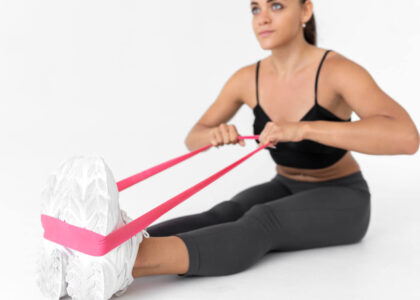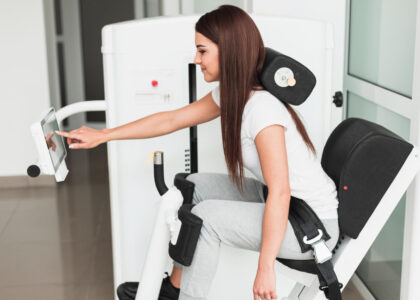Face Pull | Bodyweight Triceps | Back Blaster | Leg Extention
Let’s figure this out the answer to “How many calories should I burn in a workout ?”
I sometimes receive emails from new boys just starting going to the gym asking how to figure out if they burned “enough” calories in their latest workout session. And honestly, it used to stress me out too! With several types of workouts, how do you count what calories should I aim to burn when I work out? And it’s an excellent question!
The truth is, there’s no magic number. Your ideal workout calorie depends on your current goals and fitness background. A cardio person shouldn’t aim to burn as many calories as a marathon runner during CrossFit, right? I made that mistake early on—and nearly collapsed halfway!
In this post, I’ll share the proven strategies I’ve learned over 15 years of working out and training clients to help determine your perfect calorie burn out per workout. Whether you’re doing HIIT, lifting weights, running, cycling or anything in between, I’ll walk through how to:
- How to check your current fitness level
- What effort is needed to build endurance and strength
- How to figure out good calorie goals for common workouts
Keep reading to get tips on maximizing your workout sessions without overdoing it! By the end, you’ll learn how to measure effort levels, calculate burns for various workouts, and apply methods to avoid under or overdoing it.
How many calories should I burn in a workout ?
When it comes to burning calories through exercise, a common question is, “how much can I expect to burn in a standard workout?” Most of the average adults per 60 minutes of moderate exercise burns upto 300-600 calories.
Of course, calorie expenditure varies widely depending on specific factors:
Body Weight – Heavier people burn more calories than lighter people doing the same workout. As an example, a 155 pound person can burn around 360 calories jogging at an easy pace for an hour.
Intensity Level – High intensity exercise like heavy weight training or sprint intervals burn more calories than low intensity yoga or walking. The same 155 pound person might burn over 700 calories in an intense one hour lifting session.
Exercise Type – Certain workouts like swimming and high intensity cycling tend to burn more calories per hour than exercises like stretching.
But despite these variances, the 300-600 calorie per hour range serves as a reasonable guideline that applies to most standard workouts and average sized individuals. Tracking calories burned during specific sessions provides definite numbers. But for general fitness goals, aiming for 300-600 calories burned per workout hour offers a target benchmark.
Factors That Impact Calorie Burn During Workouts:
When considering how many calories should I burn in a workout?, there are a few key personal factors that substantially impact calorie expenditure:
Body Composition – The ratio of energy-burning for muscle mass versus more passive fat mass plays a major role. Lean muscle tissue burns more calories than fat tissue, even at rest. Individuals who have done resistance training and built up a higher proportion of muscle mass will burn more calories – including during exercise.
Fitness Level – Cardiovascular and muscular fitness allow you to sustain higher intensity exercise before hitting fatigue. Higher workout intensity converts to a greater rate of calorie burn in a shorter time period. Those newer to consistent fitness tend to work out at lower intensity rates, burning fewer total calories. Seasoned athletes burn more energy.
Workout Type – Running, swimming, circuit training, and other cardio-based activities burn more calories per hour than less physical exercises like stretching, yoga, pilates and light weight training. In essence, the harder your heart, lungs and large muscle groups have to work, the more calories you’ll burn. High intensity interval training results in max calorie burn.
Weight – Heavier individuals burn more calories for the same duration of exercise on a per-pound basis. Having more weight requires the body to exert more energy usage to complete comparable physical activity as someone with less weight.
Age – While substantial fitness can absolutely be achieved at any age, a younger metabolism enables slightly faster calorie burning during workouts versus later stages of life as physical decline and gradual onset. But regular exercise boosts metabolism at every age!
Different types of workouts and the range of calories they burn
A common fitness question asked is, “how many calories should I burn in a workout” to meet my goals? The answer depends greatly on the specific type of exercise. While actual calorie expenditure will differ based on individual factors, here is an overview of caloric burn ranges for popular workouts:
Running

Distance running at a moderate pace burns among the highest number of calories per hour. A person with155 lb weight can expect to burn around:
- 500-700 calories per hour with jogging
- 700-900+ calories per hour with sprinting
Greater the running intensity and speed, the more calories burned. Those newer to running work out at lower intensities, burn closer to 400-500 calories after accounting for rest intervals.
Swimming

Few people swim for a calorie burn. With different ways like freestyle, backstroke, and butterfly can be performed:
- 500-700 calories per hour at a moderate pace
- 700-900+ calories per hour at a fast pace
Greater swim intensity speeds up calorie burnout. Kicking more vigorously and incorporating intervals takes the burn total higher.
HIIT

High Intensity Interval Training (HIIT) mixes intense bursts of hard effort with easier recovery breaks. HIIT options like sprints, bike tabatas, and bench stepping can burn:
- 400-600 calories in a 30 minute session
- 600-800+ calories in a 60 minute session
The intense cardio intervals drive an afterburn effect, burning extra calories after your workout.
Yoga and Pilates

While extremely beneficial for flexibility and strength, lighter intensity practices like yoga, Pilates, and barre burn fewer workout calories:
- 200-400 calories per 60 minutes with beginner level classes
- 300-500 calories per 60 minutes with advanced, flow-based levels
Increasing movement and cardio intervals can net slightly higher yoga/Pilates calorie burn.
As you can see, calorie expenditure ranges widely depending on the type and intensity of your workout. Tracking the number of calories personally gives you better data. But use these averages as a guide for calories to burn per workout style.
How to Measure Calories Burned ?
“How many calories should I burn in a workout?” is a common question for those tracking fitness progress. So how can you accurately measure caloric expenditure? Here are some top methods:
Wearable Trackers
Devices like Fitbits and Apple Watches estimate calorie burn based on your heart rate, movement, weight and inputs. They provide rough workout calorie ranges to benchmark progress.
Stationary Equipment
Machine displays on treadmills, ellipticals, and stationary bikes calculate calorie burn more precisely by factoring in a user’s weight, age and workout duration/difficulty.
Online Calculators
For free sessions like bodyweight workouts or outdoor runs, online calculators give good estimates. Input age, weight, time exercised and other variables to compute approximate calories burn.
Conclusion
When asking “how many calories should I burn in a workout ?”, it is just based on your current fitness level, workout program and other personal factors. While calorie ranges were provided for different activities, aim to challenge yourself appropriately without overexertion.
Use a combination of workout logs, fitness trackers and online tools to estimate calorie expenditure during exercise over time. Adjust your workout intensity and duration to continually progress toward maximizing fat burn. Setting a reasonable caloric deficit through diet combined with properly fueling for your workouts will help shed excess weight.
The most effective workout calorie burn strategy requires consistency more than intensity. Find activities you enjoy that keep you moving often without burning out mentally and physically. Stick to regular exercise along with enough nutrition and rest for better body composition and fitness in the long run.
Hope you get your answer for “how many calories should i burn a day”.







